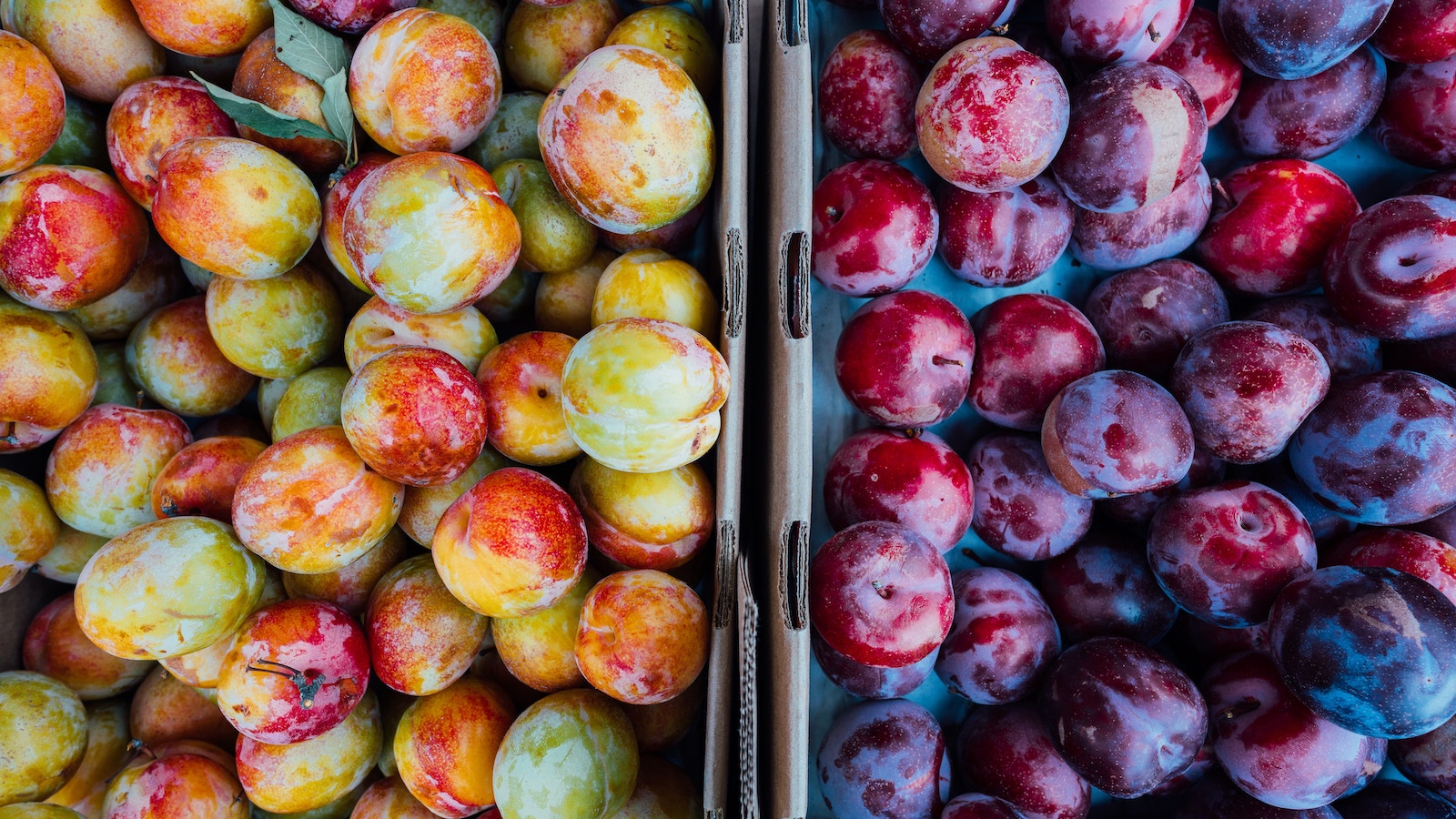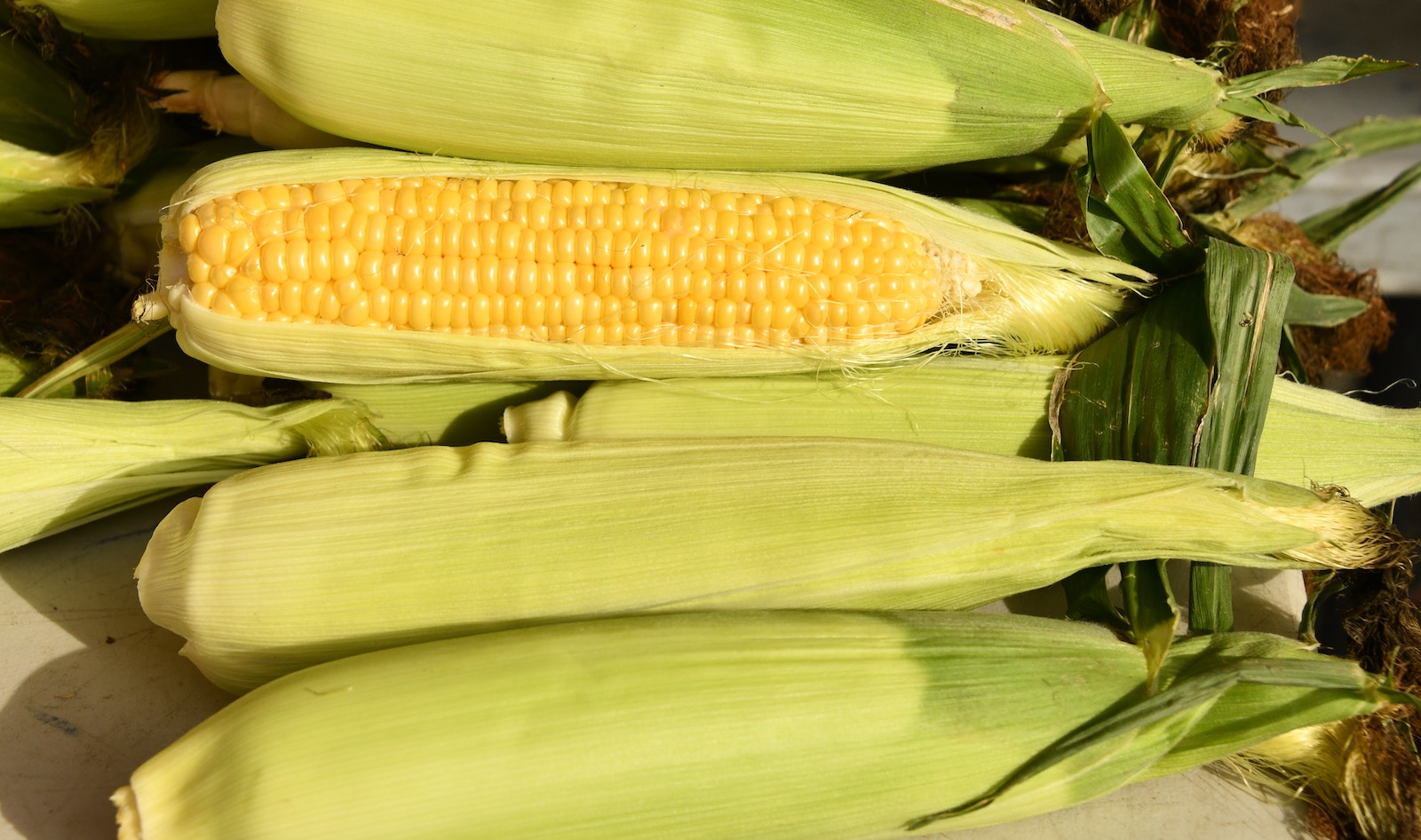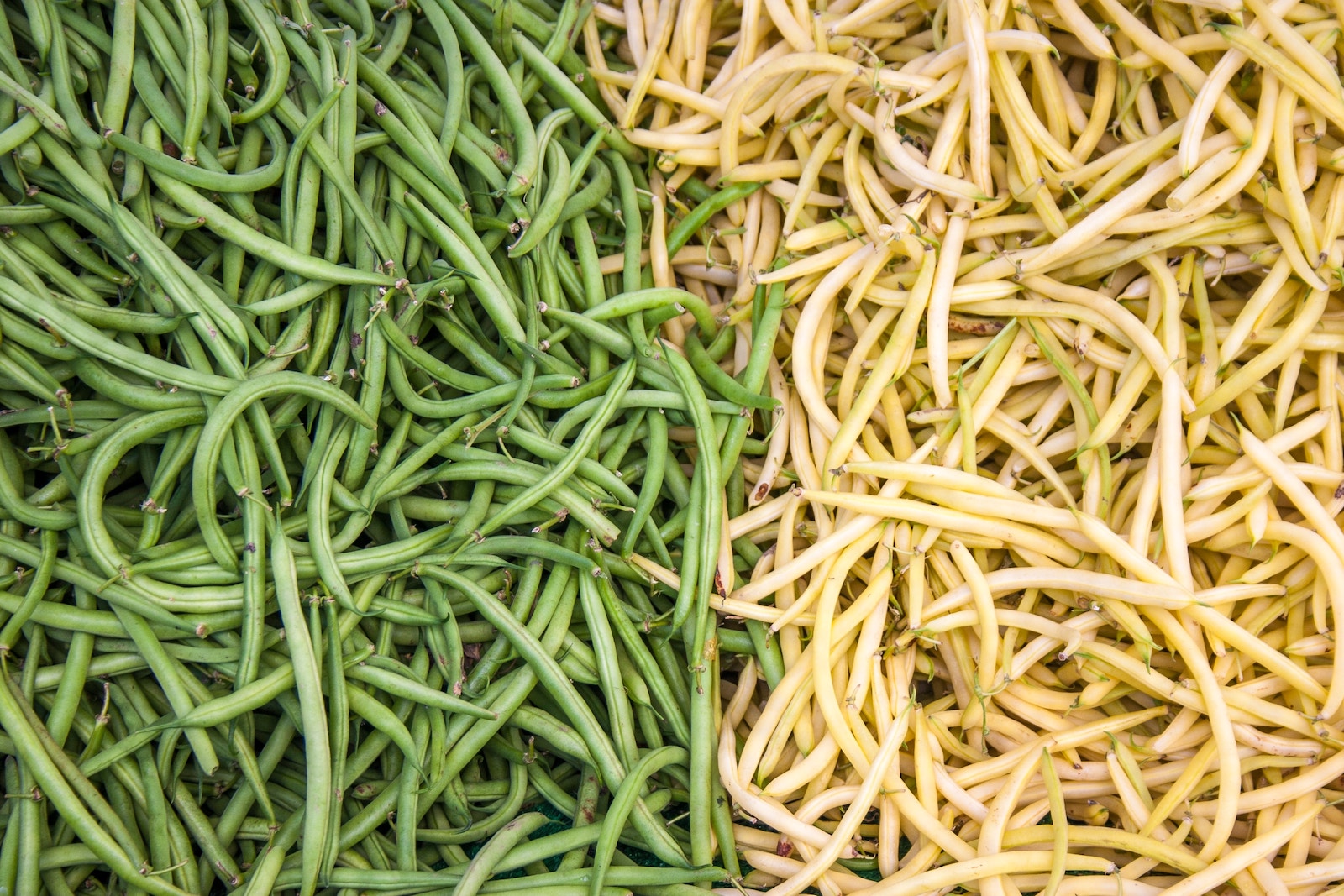The long hot days of summer are here, and gardens and farms are in full swing. Markets are filled with a colorful array of summer foods. Summer squash, stone fruit, corn, string beans, and berries are all delicious for fresh eating and can be preserved so you can keep the taste of summer in your pantry and freezer all year long.
Summer squash
My family always used the term “summer squash” to refer to yellow straightneck squash sold alongside zucchini in the summer. However, as a more technical term, summer squash actually refers to all the varieties eaten in summer while still soft-skinned, from zucchini to yellow crookneck and patty pan. Winter squash, on the other hand, are grown to maturity and eaten once hard-shelled and better for storage - these types of squash include butternut, acorn, and kabocha. Both kinds are from the Cucurbitaceae family.
Squash is indigenous to the Americas and a key part of native foodways. Many squash plants have edible flowers, which can be eaten fried or in pasta. Zucchini (and pretty much any other summer squash) is tasty in bread, muffins, cakes, and fritters. You can also fry it up with candy onions and fresh tomato and herbs. You can preserve summer squash by blanching it, slicing or grating, and freezing it. For food safety reasons, it is not recommended to can summer squash without a pressure canner.

Stone fruit season is in full swing
In northern climes, the term “stone fruit” calls up peaches, plums, apricots, cherries. But other, more tropical fruits are stone fruit too: mangoes, dates, and lychees to name a few. You’ll start finding stone fruit in the market from late spring (cherries are among the first) but they really get going in the summer. Pick them firm if you want them to ripen up over time. You’ll know that your fruit is ripe if the flesh has just the slightest bit of give when you squeeze (gently!).
When you’re buying stone fruit, you might come across the phrases “clingstone” and “freestone”. Clingstone varieties tend to come on earlier in the season, and are named as such because it is hard to separate the pit from the flesh. Freestone peaches are better for preserving because it’s easier to simply pop the pit out.
This famous 1980s cake published in the New York Times transforms plums into a gooey, syrupy treat, and it’s incredibly easy. Similar recipes are available for apricots. Peaches shine in cobbler or pie, preferably with a little splash of bourbon. There are also a ton of recipes for jam with stone fruit, and peaches and apricots are delightful when halved in syrup. Remember to never freestyle your recipe if you’re canning - you want to stick to a tried and tested recipe to avoid nasty illnesses like botulism. Buy yourself a cherry pitter and you can put away cherries in the freezer for the whole winter.

Knee-high by fourth of July
Here in USDA growing zone 6, I grew up hearing that old saying: corn should be “knee-high by fourth of July.” Not long after that it seems to take off and rocket toward the sky. As a staple of the Americas, maize, or corn is the base of much of what we eat. But this time of year fresh sweet corn is a special treat. And it’s one that doesn't require much special preparation: it’s delicious boiled and eaten with a bit of salted butter, grilled, or made into a salad.
Maize is one of the three sisters in native gardens, along with squash and beans, and can be eaten as flour as well. Cornmeal can be made to make bread and dumplings, and masa harina (corn that has been treated with alkaline) can be used to make tortillas or arepas. To preserve fresh sweet summer corn, blanch it and cut the kernels from the cob. Like squash, corn is a low-acid food that should not be canned without a pressure canner.

Other goodies
At such a bountiful time of the year, it’s hard to pick just a few favorite foods. There is also a huge variety of snap beans, like string and wax beans that are eaten fresh, as well as shelling beans for fresh eating and drying. And nothing compares to a vine-ripened tomato grown outdoors in the summer sun. Of course, the greenhouse tomatoes we eat year round can be good too, but it’s not quite the same. Slice your tomatoes and eat them with basil and mozzarella as a caprese salad, or make a nice fresh pico de gallo. And of course, keep your eyes peeled for an array of fruits depending on your climate - from blueberries to mangoes.
What’s your favorite summertime farmers’ market find? Let us know on social media!
